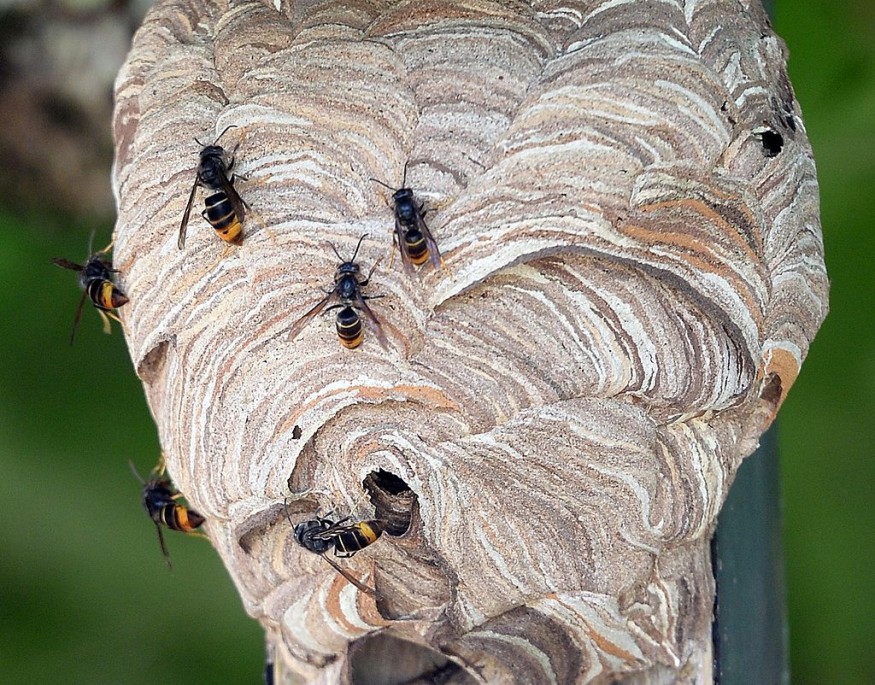
For the first time in the US, invasive yellow-legged hornet sightings have been reported.
Officials are worried about the threat of invasive species on the local honey production and agriculture in Georgia.
First Sighting of Invasive Hornet in the US
Georgia beekeepers are on full alarm as invasive yellow-legged hornet sightings have been reported for the first time in the United States of America.
According to a release from The Georgia Department of Agriculture, a beekeeper from Savannah Georgia immediately reported seeing a hornet that had an unusual appearance earlier this month.
Through the joint efforts of the University of Georgia and both the Department of Agriculture of the state and the US, the unusual hornet, particularly a yellow-legges hornet, was identified as an invasive insect.
This confirmation also marked the first-ever detection of the invasive species within the boundaries of the United States.
Yellow-Legged Hornet
It is thought that the invasive yellow-legged hornet is a type of social wasp. This means that the invasive species is known to build communal paper nests.
These egg-shaped nests are often found hanging from trees or wedged in tree hollows, and are frequently discovered jammed in tree hollows or dangling from trees.
The GDA warned that the presence of the invasive species is putting local honey production at stake.
With this, the native pollinators are also at great risk, especially if the invasive insects have already established a population, as per the GDA.
Vespa velutina, also called the Asian hornet or yellow-legged hornet, is an insect that is indigenous to tropical and subtropical regions of Southeast Asia. However, the GDA states that it has established itself as an invasive species throughout much of Europe, the Middle East, and portions of Asia.
Every year, the species builds egg-shaped paper nests, with enormous colonies of up to 6,000 reaching their peak size and activity in the middle to end of the summer.
Despite being typically smaller than the Northern Giant Hornet, the yellow-legged hornet is occasionally confused for one. While queens are slightly larger at 3/4 the size of the NGH, workers can be as little as half that size.
Although their head and body colors can vary, they can still be recognized by their most distinguishing characteristics, such as their legs, which are primarily or entirely covered in yellow. These characteristics gave the species its name.
Honey Production and Local Agriculture at Risk
The GDA explained that the hornets prey on honeybee colonies as well as other pollinators that are essential to the health and equilibrium of the US ecosystem in addition to eating a range of huge insects.
They endanger Georgia's main economic engine, agriculture, in particular.
The GDA and APHIS will keep educating and informing the public about hornets while also urging them to record and report hornet occurrences.
However, yellow-legged hornets can prove to be harmful, so wildlife officials advise everyone to exercise caution if they see one.
Wildlife experts advise the public to snap pictures of suspected invasive hornets and compare them to images on the United States Department of Agriculture website since they can resemble native species that are not a danger.
RelAted Article : Invasive Elm Zigzag Sawfly Swarm Defoliates Elm Trees in New York
© 2025 NatureWorldNews.com All rights reserved. Do not reproduce without permission.




